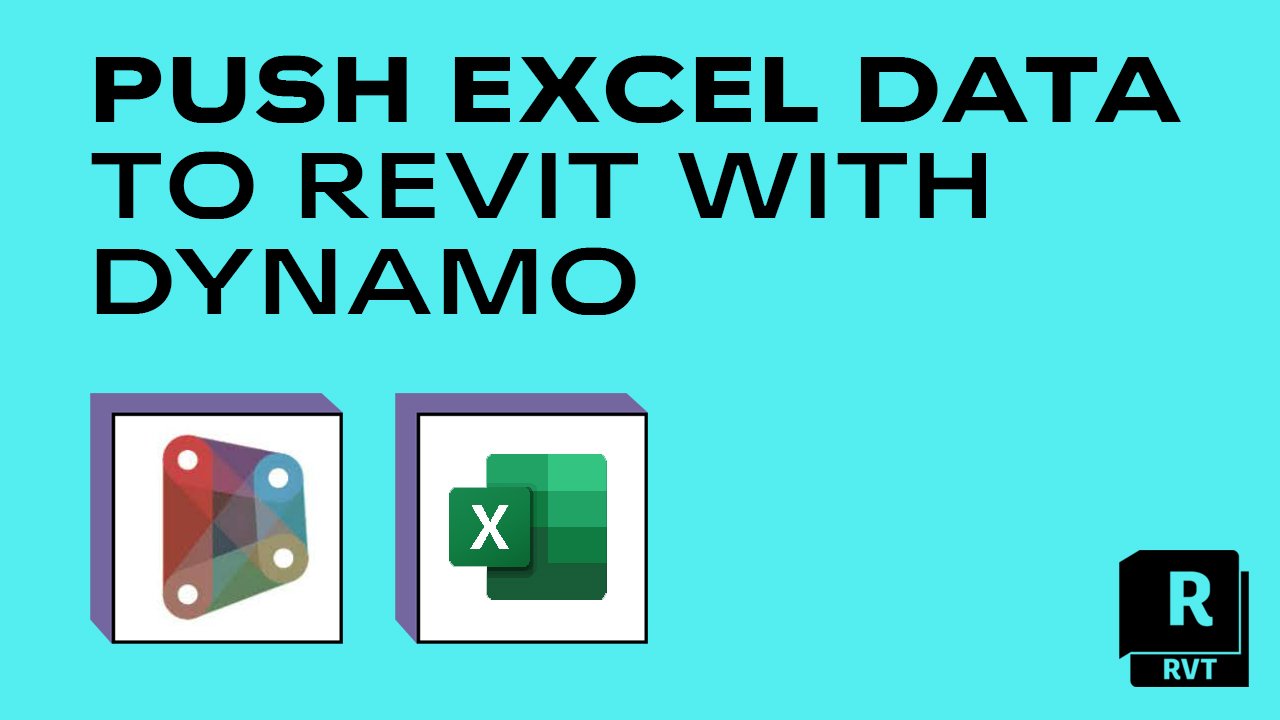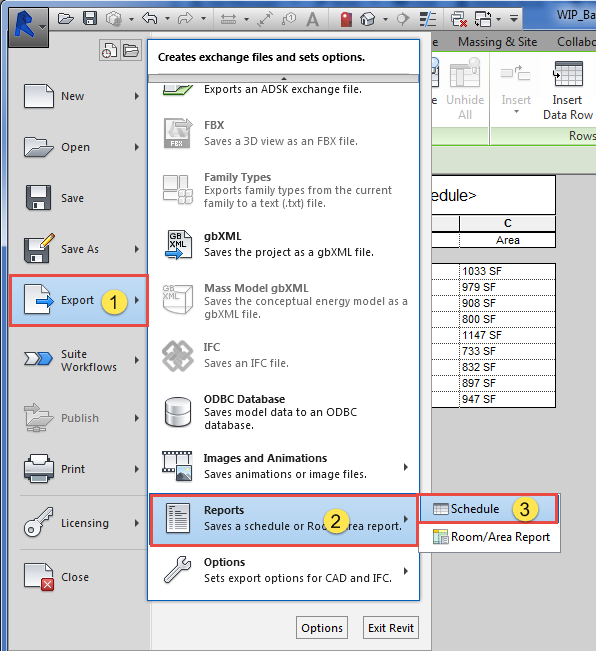Revit Excel Integration Demystified: Simplifying Workflows for Improved Task Control
Are you tired of fighting with inefficient job control and time-consuming process? Look no more, because Revit Excel Integration is right here to debunk the procedure and streamline your jobs. With this effective device, you can enhance job control and remove the trouble of hand-operated data access. In this write-up, we will direct you with the importance of Revit Excel Combination, reveal you just how to simplify workflows, and provide best methods for effective combination. Get prepared to reinvent your job control with convenience.
The Importance of Revit Excel Assimilation
You need to comprehend the importance of Revit Excel integration to successfully streamline your workflows and improve job control. The integration of Revit, a powerful structure details modeling (BIM) software, with Excel, a commonly utilized spread sheet program, provides various advantages for engineers, designers, and construction professionals.

By integrating Revit with Excel, you can remove manual data entry and minimize the threat of mistakes. This not just saves time however likewise makes certain precision in your project paperwork. You can upgrade information in Excel, and it will instantly upgrade in Revit, keeping uniformity throughout your job.
In Addition, Revit Excel assimilation enhances project coordination by enabling effective collaboration amongst employee. With data synchronized between Revit and Excel, everyone can access one of the most current details and collaborate perfectly. This promotes smoother interaction, minimizes disputes, and improves overall task effectiveness.
Exactly How to Improve Workflows With Revit Excel Integration
Optimize your procedure by effortlessly attaching Revit and Excel to enhance your workflow. By incorporating these 2 powerful devices, you can boost task control and boost effectiveness in your job. With Revit Excel integration, you can conveniently transfer data between the 2 platforms, enabling seamless interaction and collaboration.

An additional advantage of Revit Excel integration is the ability to create personalized records and analyze data better. With Excel's robust functions, you can do innovative computations, develop graphes and charts, and generate detailed records based on the data from your Revit versions. This permits you to get valuable insights and make notified decisions throughout the project.
Enhancing Task Control With Revit Excel Integration
By effortlessly linking your layout software with effective data analysis tools, you can greatly improve the sychronisation of your projects. Revit Excel assimilation permits you to streamline your workflows and improve task control by eliminating manual data entry and lowering mistakes. With this combination, you can quickly move data between Revit and Excel, making sure that all task details depends on day and exact.
Among the vital advantages of Revit Excel assimilation is the capacity to import and export data in between both software effortlessly. This indicates that you can quickly import existing job data from Excel into Revit, conserving you time and initiative in coming back details. Similarly, you can export project information from Revit to Excel, permitting you to do advanced evaluation and computations using the effective attributes of Excel.
In Addition, Revit Excel assimilation allows you to create dynamic links in between the 2 software application (revit add ins). This suggests that any kind of modifications made in Revit will automatically update in Excel, and the other way around. This guarantees that all project stakeholders are collaborating with the most current info, improving task coordination and decreasing the threat of errors
Conquering Difficulties in Revit Excel Integration
When getting over challenges in the integration of Revit and Excel, it is essential to guarantee seamless data transfer and minimize errors. One usual difficulty is the compatibility of information formats in between Revit and Excel. To he said tackle this, you can use plugins or add-ins that help with the conversion of data from one style to another. These tools aid keep the integrity of the information throughout the transfer procedure.
An additional difficulty is the lack of synchronization between Revit and Excel. It's crucial to establish a clear process that ensures both platforms are upgraded in real-time. This can be achieved by utilizing cloud-based cooperation devices or establishing a system for normal data syncing.
Taking care of huge datasets can likewise be bothersome. When it comes to managing huge amounts of information, revit and Excel have different capacities. To overcome this obstacle, you can split the information right into smaller sized, workable pieces or use information filtering system strategies to concentrate on specific locations of interest.
Lastly, human error can result in inconsistencies in between Revit and Excel data. It's crucial to educate team members on the combination procedure and develop high quality control procedures to catch any type of errors. Regular audits and cross-checks can help identify and fix any type of disparities.
Finest Practices for Successful Revit Excel Integration
To ensure effective assimilation of Revit and Excel, it is necessary to comply with some finest practices that will help streamline your operations and decrease mistakes. Most importantly, always begin by producing a orderly and clear folder framework for your project files. This will make it simpler to locate and upgrade the required files when required. In addition, when linking Excel information right into Revit, make sure that the information is tidy and cost-free from any original site type of format problems that can trigger mistakes. Use regular naming conventions for your Excel worksheets and columns to avoid complication.
One more crucial technique is to consistently update your Excel data in Revit. Make it a routine to examine and upgrade the information at normal periods, specifically when changes are made to the job.

Final Thought
So, there you have it - revit Excel assimilation doesn't have to be a daunting job. With revit Excel assimilation debunked, you'll be well on your means to making best use of the possibility of these tools and taking your projects to brand-new heights.
You can export your Revit schedules to Excel, make adjustments or updates in Excel, and then import the updated information back into Revit with just a couple of clicks. Revit Excel combination allows you to simplify link your process and improve task control by removing hands-on data entrance and decreasing errors. With this assimilation, you can quickly move information between Revit and Excel, guaranteeing that all project information is up to day and precise.
You can export project data from Revit to Excel, permitting you to do sophisticated analysis and calculations making use of the effective attributes of Excel.
In addition, when linking Excel information right into Revit, make sure that the data is cost-free and clean from any type of formatting concerns that could create mistakes.